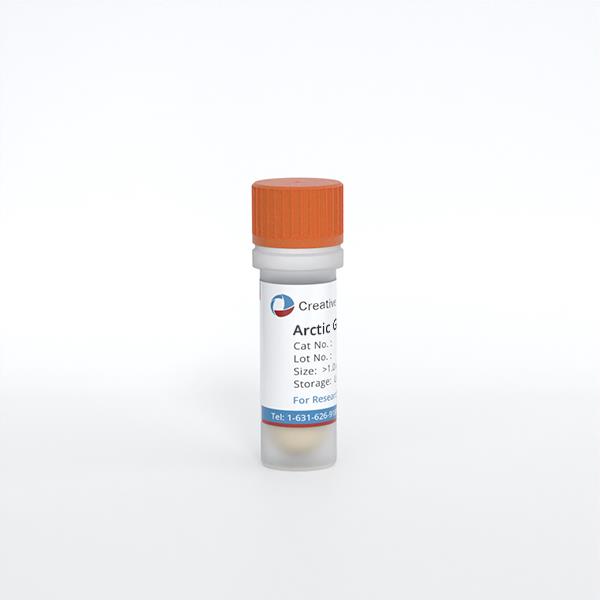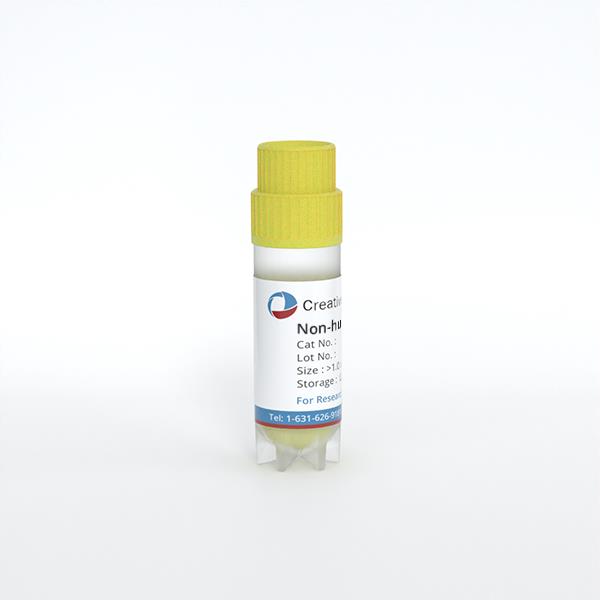Featured Products
Hot Products
ONLINE INQUIRY

QualiCell® Drosophila S2 Cell
Cat.No.: CSC-C9034J
Species: Fruitfly
Source: Embryo
Morphology: other
- Specification
- Q & A
- Customer Review
Cat.No.
CSC-C9034J
Description
QualiCell® Drosophila S2 Cell was derived from a primary culture of late stage (20-24 hours old) Drosophila melanogaster embryos. Many features of the S2 cell line suggest that it is derived from a macrophage-like lineage. S2 cells grow at room temperature in ambient CO2 as a loose, semi-adherent monolayer in tissue culture flasks and in suspension in spinners and shake flasks.
Species
Fruitfly
Source
Embryo
Recommended Medium
Schneider's+10%FBS (heat inactivated)+10μg/ml Insulin
Morphology
other
Disease
Normal
Storage
Ship in dry ice and store in liquid nitrogen.
Storage and Shipping
Ship in dry ice and store in liquid nitrogen.
Citation Guidance
If you use this products in your scientific publication, it should be cited in the publication as: Creative Bioarray cat no. If your paper has been published, please click here to submit the PubMed ID of your paper to get a coupon.
what is the expected number per vial?
Each vial contains 9 x 10^6 cells cells.
What's the passage number when the cells were frozen?
The typical cell passage number of our cell lines is 5-10, different lots has different passage numbers.
Ask a Question
Write your own review
Related Products



